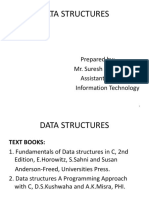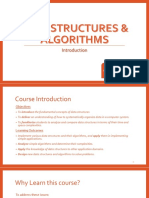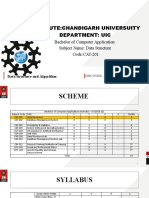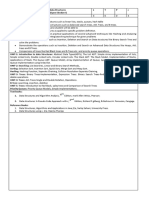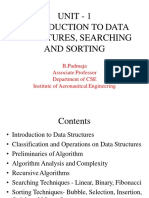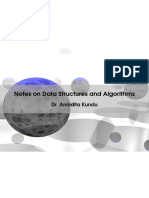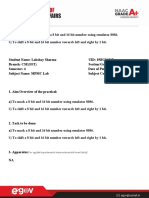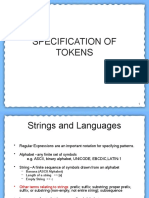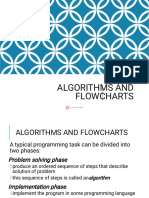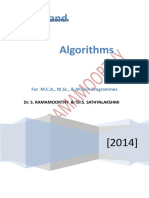0% found this document useful (0 votes)
41 views69 pagesData Structure Unit-1
Uploaded by
Ashu AshuCopyright
© © All Rights Reserved
We take content rights seriously. If you suspect this is your content, claim it here.
Available Formats
Download as PPTX, PDF, TXT or read online on Scribd
0% found this document useful (0 votes)
41 views69 pagesData Structure Unit-1
Uploaded by
Ashu AshuCopyright
© © All Rights Reserved
We take content rights seriously. If you suspect this is your content, claim it here.
Available Formats
Download as PPTX, PDF, TXT or read online on Scribd
/ 69














